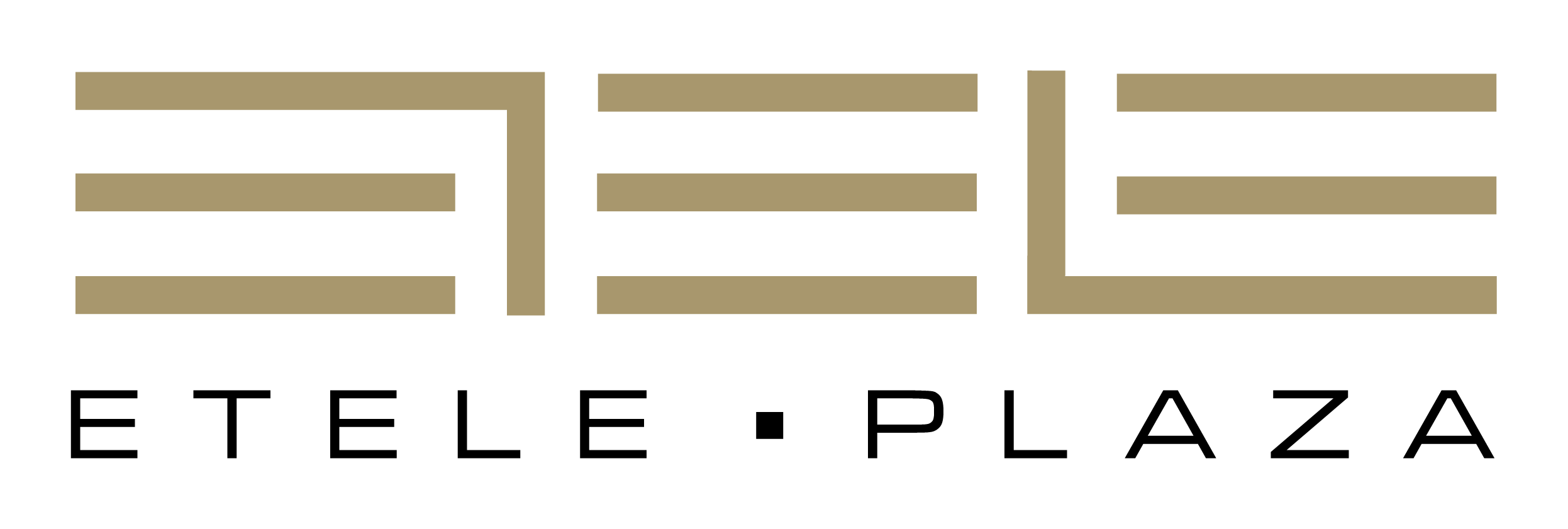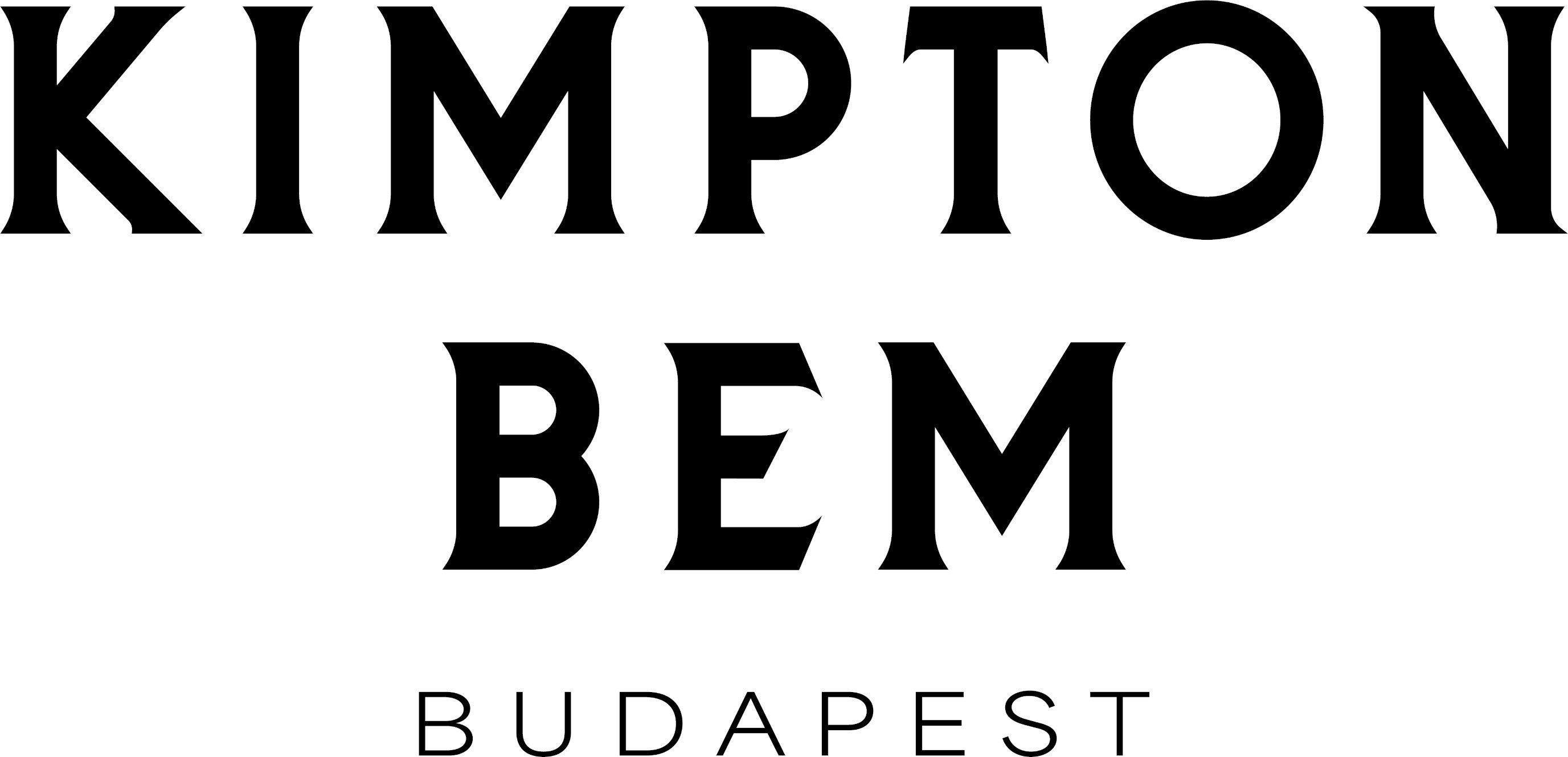'Cezanne to Malevich. Arcadia to Abstraction' Exhibition @ Museum of Fine Arts
- 19 Jan 2022 8:56 AM

The exhibition takes a new approach to Paul Cezanne’s œuvre by looking at points of connection between the French master and several important classical Avant-garde artists.
While Cézanne and the Past in 2012–2013 focused on the meeting points between the great predecessors (e.g., Michelangelo, Giovanni Lorenzo Bernini and Nicolas Poussin) and Paul Cezanne’s works, the new exhibition examines the constructive artistic trends that emerged in the first half of the twentieth century.
Cezanne’s art has been attracting the attention of contemporary fine artists, writers, poets, philosophers and art historians ever since his first Parisian exhibition of 1895 and the monography exhibition organised after his death at the Parisian Autumn Salon of 1907.
Our present exhibition seeks to establish the extent of and reasons for the relevance of Cezanne and the art historical relations associated with him to the present time. Cezanne’s œuvre is one of the pillars of modern art.
His life’s work in the areas of composition, visual effect and capturing reality served as the starting point for Avant-garde strivings after 1885.
The exhibition, which is emphatically not aimed at documenting the history of the master’s impact – examines the multifaceted interrelations between the great master of Aix and Russian, Dutch, German and Hungarian Constructive/Concrete artistic trends manifest in the context of form, composition, structure and colour.
Besides works by Cezanne, visitors can see those by masters of De Stijl (Piet Mondrian, Theo van Doesburg and Vilmos Huszár), Russian Avant-garde artists (Kazimir Malevich, Aleksander Rodchenko, Antoine Pevsner and Mikhail Larionov) and artists who participated in the Bauhaus (Paul Klee, Lyonel Feininger, László Moholy-Nagy and Sándor Bortnyik).
The exhibition parading some 120 paintings, sculptures, drawings, watercolours and prints displays works from the museum’s own holdings as well as loans by the world’s prominent museums and private collections.
The exhibited works are organised around several topics. Visitors can first learn about the role Cezanne’s native town of Aix-en-Provence played in his art, and then about his relationship with the Impressionists and about his circle of friends (Zola, Pissarro, Monet, Guillaumin and Renoir).
The section titled The Ways Have Parted explores the various interpretations of Cezanne’s œuvre after the master’s death, including landscape interpretations as well as the connection between Cubism (Picasso, Léger and Braque) and Cezanne, the development and trends of abstraction, as well as the links between Cezanne’s art and the Russian Avant-garde.
The works displayed alongside each other – in pairs and sequences – highlight the visual and intellectual junctures between works by Cezanne and those by Piet Mondrian, Paul Klee, Lyonel Feininger, Sándor Bortnyik, Vilmos Huszár, Mikhail Larionov, Kazimir Malevich and Friedrich Vordemberge-Gildewart.
Breaking with the previous spelling, the painter’s name is used without an accent both in the exhibition and in the catalogue. Cezanne was born in Provence, and in the Provençal language the letter “e” without an accent is pronounced in the same way as the one with an accent in French.
The artist himself used his name without an accent in his letters and when signing his works. The version with an accent – Cézanne – was only used by his wife, Hortense Fiquet, and his son, Paul Cézanne Jr. from the 1890s, most likely to leave no doubt as to the pronunciation of the name for Parisians and others not coming from Provence.
Source: Museum of Fine Arts Budapest
Address: 1146 Budapest, Dózsa György út 41.
Phone number: +36 1 469 7100
Photo: Paul Cezanne Aix-en-Provence, 1839 – Aix-en-Provence, 1906




























LATEST NEWS IN community & culture